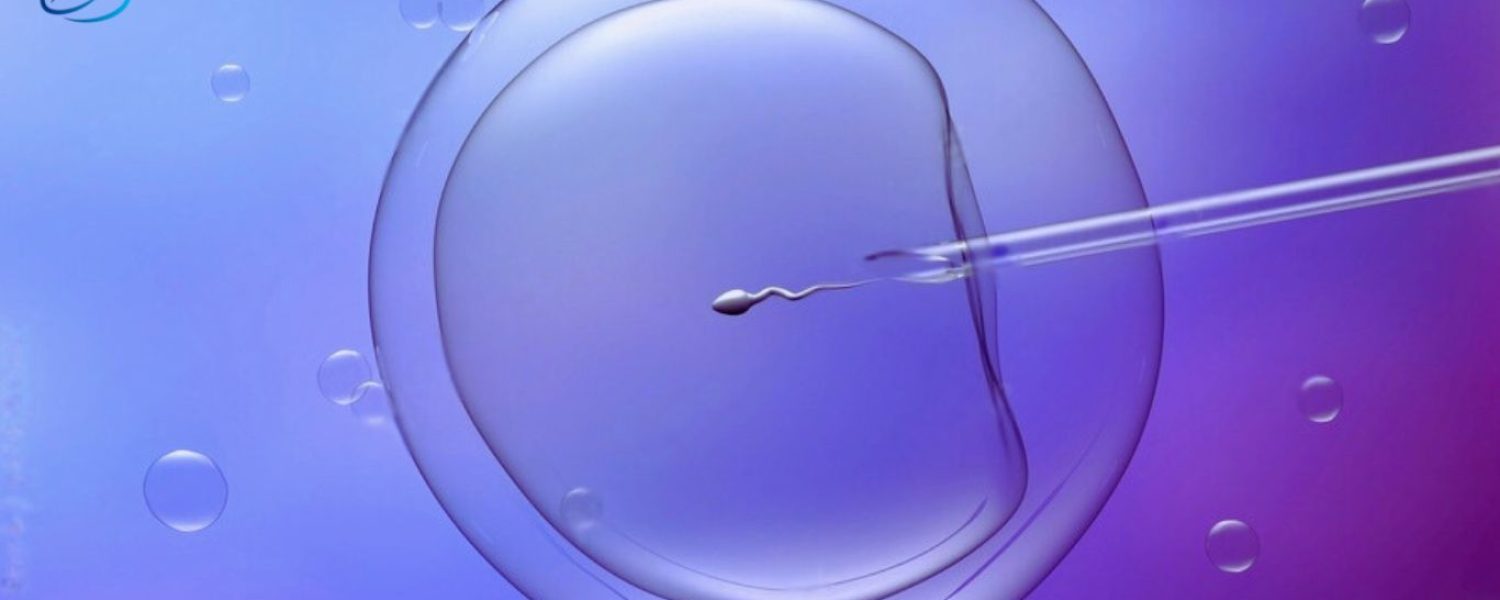The most important phase in assisted reproductive technology is to analyze Follicular Fluid. This process requires skilled embryologists and advanced medical equipment to identify mature oocytes for successful fertilization and embryo development.
Let’s understand the process of egg identification and handling within the embryology lab.
Step 1: Oocyte Identification
The follicular fluid retrieved during egg retrieval contains more than just eggs. It is a mixture of various cells and fluids that surround the eggs.
So fluid undergoes:
Microscopic Examination
Microscopic examination allows the embryologist to identify mature eggs (oocytes) based on their appearance and size. Mature oocytes have a clear cytoplasm (inner part of the cell) and a visible outer shell.
Oocyte Isolation Process
After the mature egg identification, the embryologist isolates them from the surrounding follicular fluid using specialized equipment.
Step 2: Handling and Culture
Isolated mature oocytes are not ready for fertilization immediately. To ensure their continued health and development, they are placed in a culture medium:
Nutrient-Rich Solution
This culture medium is a formulated solution that mimics the natural environment within the fallopian tubes. It provides essential nutrients and support systems for oocytes to survive and mature further.
Incubator Environment
The culture dish containing the oocytes and the culture medium is placed in a specialized incubator. This incubator maintains a controlled environment with optimal temperature, humidity, and gas levels (including oxygen and carbon dioxide). These controlled conditions are crucial for promoting optimal oocyte health and maturation.
Step 3: Maturation Assessment
Since fertilization requires a fully mature oocyte, embryologists closely monitor the oocytes after their initial culture period.
Here’s how they assess maturation:
Polar Body Check
During the Egg Maturation Process, a small structure called the polar body is extruded from the cell. The presence of a polar body is a key indicator of a mature oocyte, ready for fertilization.
Microscopic Evaluation
The embryologist will continue to examine the oocytes under the microscope to assess their overall health and developmental stage.
Step 4: Fertilization Techniques
Mature oocytes can then be used for fertilization procedures. The fertilization method chosen may depend on various factors, including sperm quality:
Conventional In Vitro Fertilization (IVF)
This technique involves placing the oocytes and sperm together in a culture dish. If the sperm are healthy and motile (able to move), fertilization can occur naturally within the culture dish.
Intracytoplasmic Sperm Injection (ICSI)
If sperm quality is a concern, ICSI may be employed. In this technique, a single healthy sperm is directly injected into the cytoplasm of a mature oocyte using a specialized microscope and micromanipulation tools.

